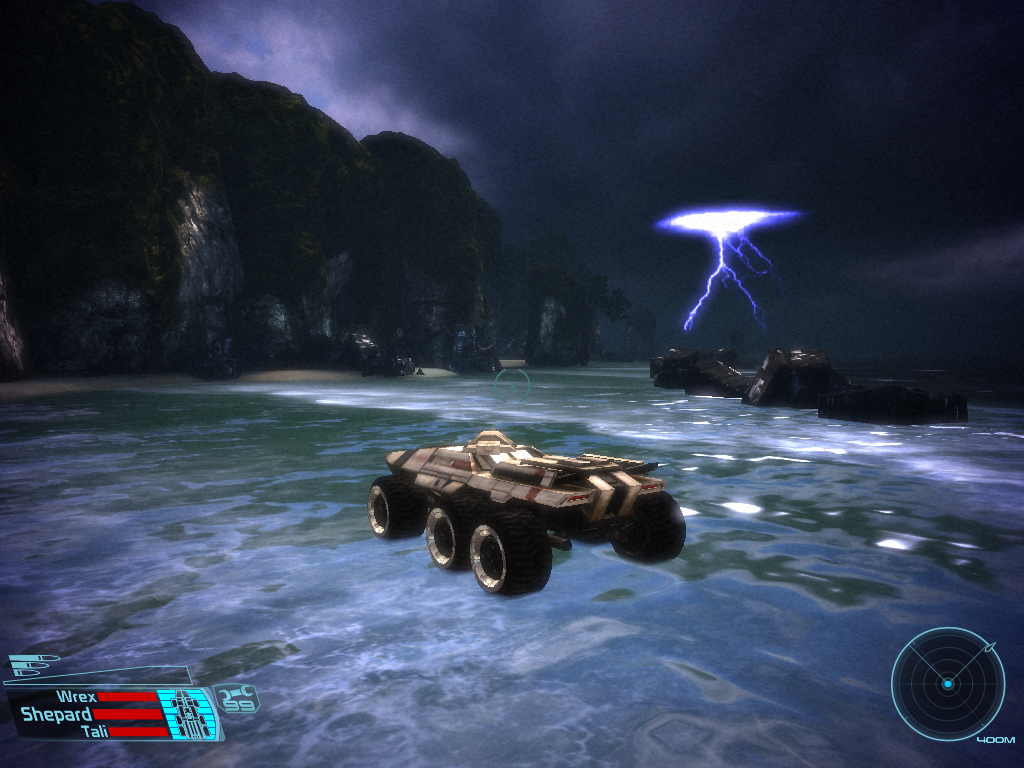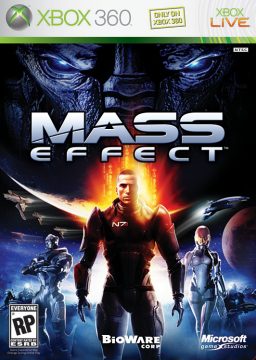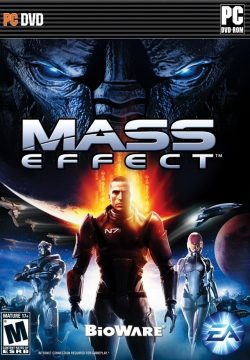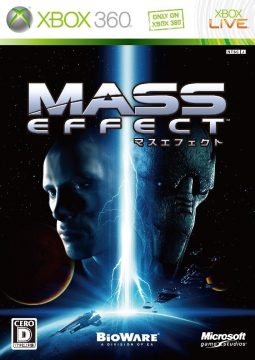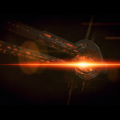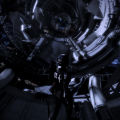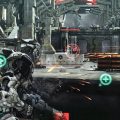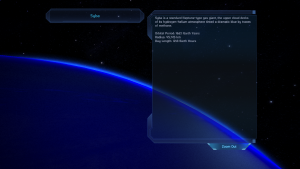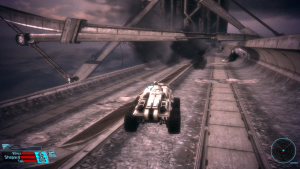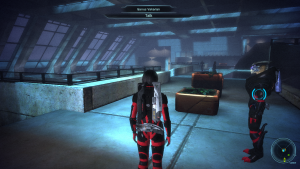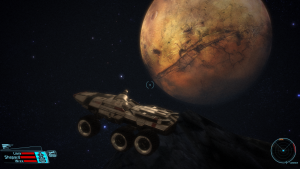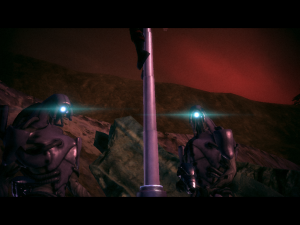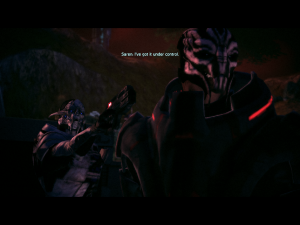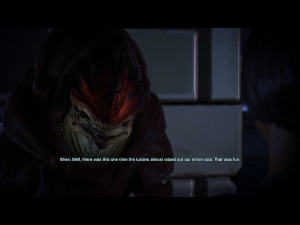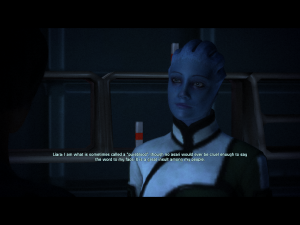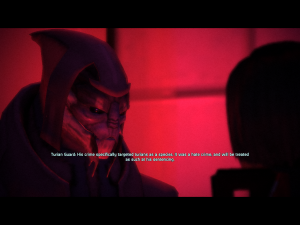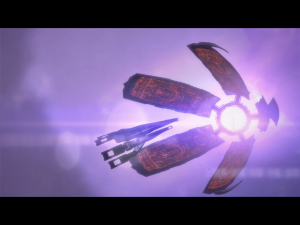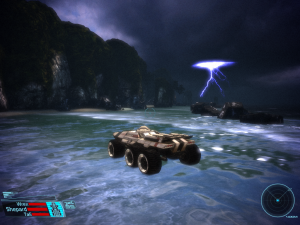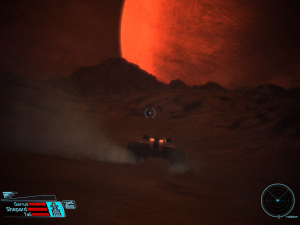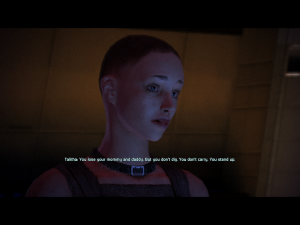Bioware’s first decade of life was one defined by the RPG. Baldur’s Gate and Neverwinter Nights made them darlings among PC RPG fans, but the moment everyone in the mainstream came aware of them is when they started making exclusive games for the Xbox. Star Wars: Knights of the Old Republic and Jade Empire were huge hits and put their names in the public consciousness, and also attracted the attention of publishing giant EA. They were bought up shortly after Jade Empire (which ended up derailing the development of Sonic Chronicles, another story for another day) and found themselves in the position to really recreate the western RPG in their own image. As it turns out, they had been working on something since 2004, a game that would aim to turn KOTOR‘s turn based system into a proper real time one for action heavy combat. It would also switch out the blank slate approach for a character you could define through choice, allowing them freedom to create a cinematic experience the genre had never seen before outside Square Enix’s showy and cinematic heavy JRPGs. However, these cutscenes would change with the player’s choices, something that hadn’t been done yet at the time, or at least on the scale planned. The end result was 2007’s Mass Effect, the father of the cinematic RPG and first game in one of the most controversial series of its generation.
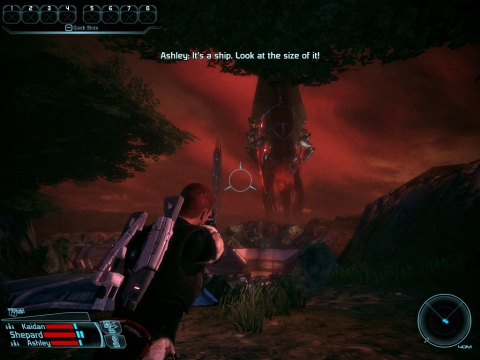
Taking place in 2183, humanity has been in the intergalactic community for just under thirty years, gaining a massive leap in technology from the discovery of mass relays, mysterious alien structures made by a dead race called the Protheans that allows for fast and easy travel among the stars. Now they’re one of many species trying to colonize planets across the universe, and your character, a military commander named Shepard, is on track to become the first human spectre, elite agents of the intergalactic council that are given vast authority to complete their missions as they see fit. However, complicating matters is a rogue turian spectre named Saren, who is gathering a race of synthetics called the Geth to find old prothean ruins and bring back the Reapers, an ancient race of machines that appeared 50,000 years ago and wiped out the Protheans. How you do that is up to you. Among Shepard’s gang includes…
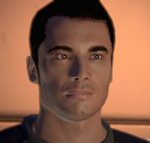
Kaiden Alenko: A biotic (think psychic powers) and tech specialist apart of the same ship crew as Shepard and your first squad mate. While he has a tragic back story relating to how he learned to use his biotic powers, he’s fairly dull and serves as the only normal guy on the team. Can be romanced by a female Shepard, and oddly, a male one as well if he survives into the third game. He was meant to be bisexual originally, and this was written back in for the third game.
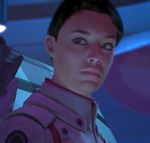
Ashley Williams: A gunnery-chief you meet on your first mission. Unlike Kaiden, she’s fiery – possibly to a fault. She also a bit racist, though in mundane ways, which made her initially unpopular among fans (though she mellowed out in the third game). Can be romanced by a male Shepard, and like Kaiden, was originally meant to be bi. Unlike Kaiden, this isn’t brought back for 3.
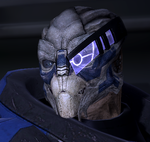
Garrus Vakarian: A turian C-Sec officer who hates restrictions and joins you without a second thought to do some good his own way. He’s a combat specialist with some tech skills, and can be romanced by a female Shepard in the second game. His species is molded mainly on Imperialist Japan.
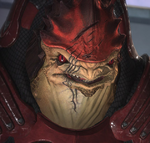
Urdnot Wrex: A krogan merc who joins up after helping him finish some business on the Citadel that leads to exposing Saren. He hates his own people for failing to gather together and save their race, which was sterilized by the Salarians and Turians with an artificial mutation called the genophage. He’s good with guns and biotics, and enjoys fighting. His species are based mainly on “native” stereotypes, often with a lot of tone deafness in later games.
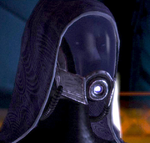
Tali’Zorah nar Rayya: A quarian girl who left her home flotilla for her coming of age pilgrimage. She discovers proof of Saren’s plans and joins the crew as a tech specialist. Her people were responsible for creating the Geth, causing them to become despised by the galactic community for their AI research. Her people are based mainly on the Romani, and are treated in a similar matter in 2 and 3, often accused of being wondering thieves.
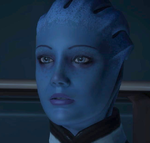
Liara T’Soni: An asari researcher and Prothean expert you have to rescue in one of the first plot missions after becoming a spectre. She’s a natural biotics user, and the last love interest. Her race can mate with anyone, so she’s portrayed as bi and acts as the default love interest for the series. She’s a fairly dull dork in this game, but gets a lot of depth later on. Her mother, Matriarch Benezia, is working for Saren for some unknown reason.
Mass Effect is a huge departure from a lot of established norms in the western role playing scene. Right off the bat, its combat is action based, giving you four gun types to play with, controlling like a proper third-person shooter without ammo counts. Instead, guns overheat with overuse, so you have to watch the heat meter when using them. You can also use powers with hot keys or by using a special pause command that lets you look around the battlefield and use powers on your team or enemies. This gives the game a tactical element, but the first game is still wonky with those elements. Your companions will use powers when ordered, but any of the other commands are a crapshoot. This is especially frustrating with Garrus early on, thanks to his low shields and inability to use cover properly. Cover is useful, but the game makes running and gunning perfectly viable, and sometimes preferable due to an inconsistent sense of space that leads to the game thinking you’re not out far enough to poke from cover for long stretches. The shotgun is good for up close fighting, sniper rifle for supporting the group from a distance, assault rifle for dishing out mid-range damage, and pistol for most any situation.
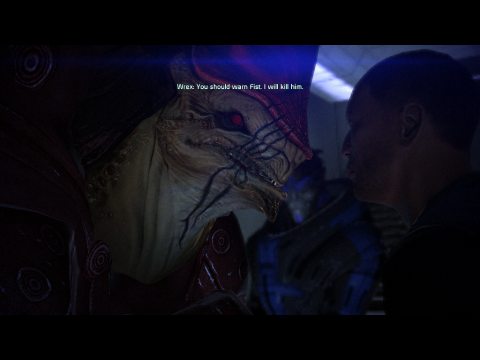
The RPG elements come in the form of skill trees you can add to with every level up. Skills are mainly divided into combat and gun use, biotics, and tech abilities, with every class at start having a different focus. Your Shepard can focus mainly on just one specialty, or mix and match with combat/biotics, combat/tech, or tech/biotics. Not only does this affect what abilities you can learn, it affects how effective basic skills or special abilities can be. This mean everyone on your team will be inherently suited to different roles, like Kaiden being a good healing buffer (since only Shepard can activate medi-gel for squad healing) with his additional medicine branch, or Tali’s tech power blocking. The build of your Shepard will also affect what you can do and how you should build a team. For example, if you’re a vanguard, a type of combat biotic, it may be wise not to take Wrex for long missions and offset him with Tali to make up for your weaknesses and lacking abilities.
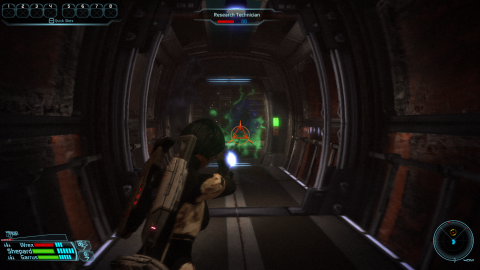
All of this is insanely clunky, though, and the item system is what really shows how poorly thought out all of this was. It’s an absolute mess of an inventory that fails to divide up items by type and instead does it by rank, yet pools them altogether in one big item pool with finite storage space. With as much loot as you end up getting from enemy drops and chests, this adds up very quickly and becomes a chore to deal with, especially on long missions. On top of that, the vast majority of what you find is worthless, either only good for being converted for omni-gel (which can act as a shortcut for locks and repair your battle tank, the Mako) or horded to sell in mass later. Even selling items is a chore, as items don’t gather up in separate pools if there are duplicates. In the worst moments, you can find yourself trying to sell roughly a count of 100 pieces of garbage. Enemy drops are also automatic, so the moment you check your equipment, it all comes spilling in.
This chunkiness does allow for some fun later games lack, though. The equipment system is vast, not only allowing for armor and weapon mods, but also specialized ammo. With the right combination, you can actually break the game’s difficulty like a flakey ritz cracker. With high pistol stats and a strong enough heat sink, you could fire your pistol effectively forever. Since the sniper rifle almost always has to cool down after use, just give it explosive ammo so you really make those single shots count. This also doubles as hilarious fun, especially with a biotic lift, due to the ragdoll physics sending enemies flying. It hasn’t been so fun to break an RPG’s system since FFVIII‘s draw system allowed you to become a living god fairly early with some grinding.
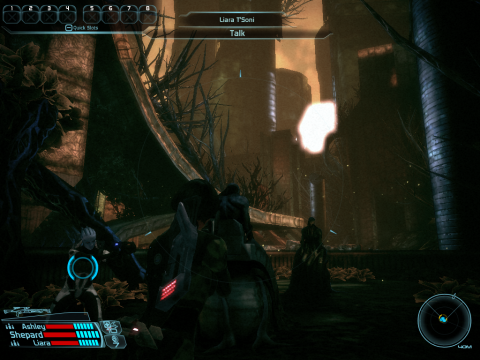
Mass Effect‘s scope does cause problems with its basic tech foundation, though. The game is somewhat infamous for the odd loading issues, like the long elevator rides with exposition “Would You Like To Know More?” news announcements that sometimes cross into Starship Troopers territory. Even moving around your ship, the Normandy, causes loading issues, as you’ll sometimes be stopped by a loading message because the game quite hasn’t finished loading all the textures in the next part of the ship yet. It’s easily the most glitchy game in the series to boot, with some side assignments rendered impossible to complete because an important NPC might disappear, or an event fails to register properly or be recognized by an NPC. It’s not a huge issue, usually solved by reloading, but it’s still an issue at points. The Mako segments are also infamous for just plain breaking the game, as the tank can climb mountains with wonky physics, or spawn inside cutscenes with the right conditions, killing bosses with great ease.
What made all these faults moot, though, was Mass Effect‘s presentation. Based on old cheesy sci-fi movies, complete with a grainy film filter, Mass Effect aims to recreate an entire style of film making, just now with a budget. It mostly succeeds and marks itself as the first game in its genre where not only is everything fully voiced, but every single encounter is an animated scene that you can impact through choice. The morality system divides into paragon and renegade, where Shepard is either an open minded combat diplomat or a selfish lone wolf who would go to extreme lengths to accomplish their mission. Choosing paragon, renegade, and neutral voices results in wildly different scenes, and this first game gives the most role playing opportunities with a healthy amount of paragon and renegade points to find.
The execution, however, is messy, as the animators treat paragon and renegade Shepard scenes as scenes belonging to completely different characters. While Mark Meer prevents some whiplash with his more downplayed performance, Jennifer Hale’s “Femshep” is more emotional and creates a ton more contrast. The rest of the voice cast doesn’t have this problem, with Brandon Keener’s Garrus, Ash Sroka’s Tali, and Fred Tatasciore’s Saren as major scene stealers, not to mention Seth Green’s pilot Joker, who becomes a major player in 2 and 3.
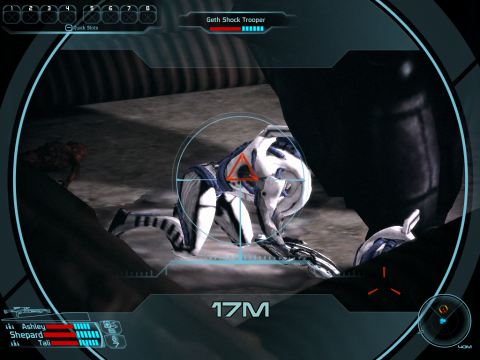
Mass Effect‘s main story has a solid amount of world building, but little depth, sticking with a generic ultimate evil plotline common in fantasy stories. However, the Reapers instantly captured the imaginations of players, from both their godlike sensibilities and the massive threat they represent, not to mention the horrific ability to indoctrinate people as their unknowing slaves. The hunt for Saren wasn’t a particularly memorable outing, but it was a strong foundation for the greatness to come.
